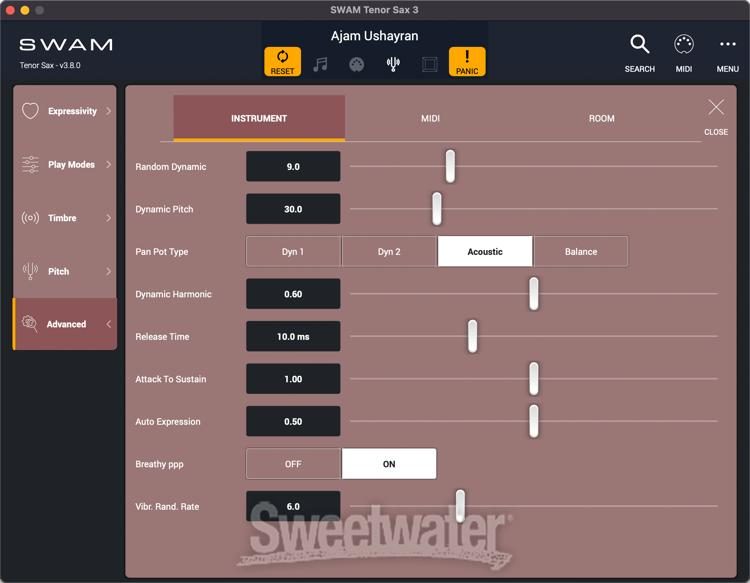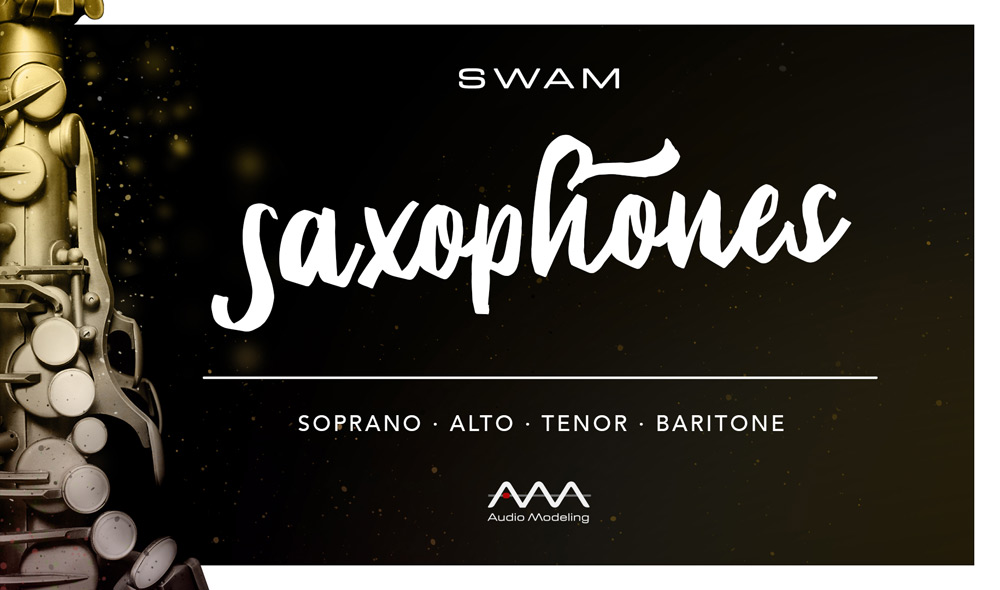

Continuous controllers, envelope controls, modulation and effects allowed the user to stretch the instrument. Samples – recordings of real instruments – could be larger and you could load up many velocity layers and articulations and seamlessly switch between them on the fly. But we were still a long way off from truly expressive real-time instruments, much less making a believable orchestra.Ĭomputer-based samplers seemed like they might offer the ultimate solution. Wavetable-based synths addressed those problems by using little snippits of recordings as the synthesizers’ oscillators. The miniscule storage of early digital samplers didn’t allow for multiple articulations or natural-sounding decays. Strings don’t always have the slow attack of a Mellotron. However, another big limitation still existed, which was expression. First tape-based like the Mellotron in the 70s, then digital like the AKAI S900 in the 80s, these used recordings of real instruments, thus mitigating one big limitation of synths: the simplistic harmonic content from waveforms produced by basic oscillators. Then a new kind of animal came along that promised to redefine what a keyboard player could do live: the sampler. They would have been perfect for live use, if only they had sounded better.

No ring modulator, no ADSR, no step sequencer, just the basics. Controls were limited to only parameters that made sense for the instruments they were trying to emulate. But both were simple to use and required no programming, because they were dedicated to a single purpose rather than trying to be everything to everyone. The EP-30 was only vaguely reminiscent of a piano. So I turned to dedicated instruments such as Roland’s EP-30 and the Elka String Synthesizer. In that role, what I really needed was realistic-sounding piano, organ and strings. While I loved the novel textures of synths, in those days I was making my living in a touring Top-40 cover band. However, I was always frustrated when crafting patches that emulated classic instruments. I’m old enough to remember the introduction of the Moog modular synthesizer, and thinking “wow, I’ll bet that thing can make any sound imaginable!” Well, it certainly did open up a world of never-before heard sounds, and it changed music forever and for the better.

How I Came To Respect Modeled Instruments, EventuallyĪccurately modeling real-world instruments through synthesis has long been a dream of virtual-instrument users. Are they really a credible alternative to sampled instruments? Let’s see.


 0 kommentar(er)
0 kommentar(er)
